Old Beat Up Stair Treads
parkplaza
15 years ago
Related Stories
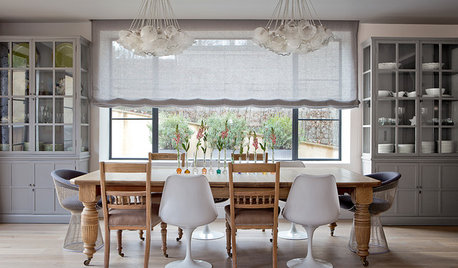
DECORATING GUIDES12 Ways to Beat the Home Decor Blahs
A few easy tweaks will make your house feel new to you
Full Story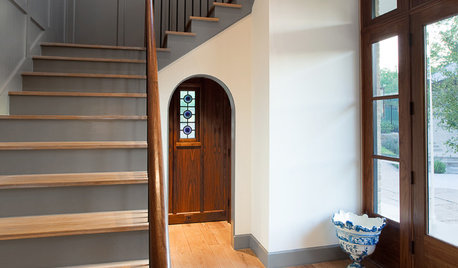
CONTRACTOR TIPSAn Expert Guide to Safe and Stylish Staircases
Understanding how stairs are designed and laid out can help you make the best decisions for safety and beauty in your home
Full Story
COLORWake Up Your Woodwork With Black
Strike a dramatic note with black window frames, shelves, stairs and more, making features stand out or blend in
Full Story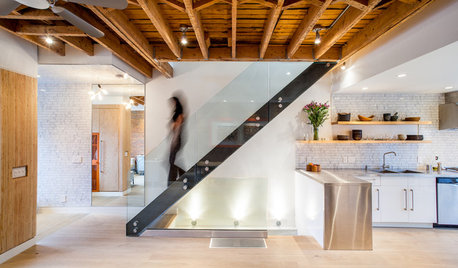
HOW TO PHOTOGRAPH YOUR HOUSEStep Right Up: Expressing Movement on Modern Stairs
Seeing a person on a staircase changes our perception of the design
Full Story
CONTEMPORARY HOMESHouzz Tour: A London Townhouse Lightens Up
A dramatic redesign of this multistory home transforms its dark 1970s-era interior into an all-white Scandinavian idyll
Full Story
REMODELING GUIDESThe Hidden Problems in Old Houses
Before snatching up an old home, get to know what you’re in for by understanding the potential horrors that lurk below the surface
Full Story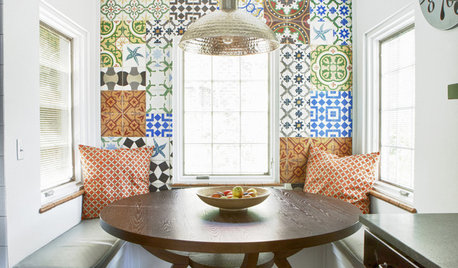
TILEPep Up With Patchwork Tiles
Don't call them crazy — quilt-style tile patterns are bringing energy and playfulness to walls, countertops and even floors
Full Story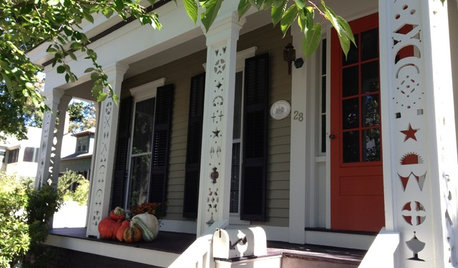
LIFEAge Is Just a Number: Houzzers’ Homes Old and New
Hear the stories behind homes ages 1 to 171, then share yours
Full Story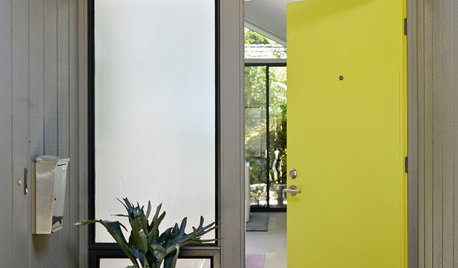
CURB APPEAL10 Ways to Dress Up the Stoop
Create entryway appeal even in a pint-size area by decorating with plants, paint, rugs and more
Full Story
HOUZZ TOURSHouzz Tour: Loving the Old and New in an 1880s Brooklyn Row House
More natural light and a newly open plan set off furnishings thoughtfully culled from the past
Full StorySponsored
Zanesville's Most Skilled & Knowledgeable Home Improvement Specialists
More Discussions









housekeeping
kimkitchy
Related Professionals
Haslett Kitchen & Bathroom Designers · Martinsburg Kitchen & Bathroom Designers · Olympia Heights Kitchen & Bathroom Designers · Fullerton Kitchen & Bathroom Remodelers · Allouez Kitchen & Bathroom Remodelers · Key Biscayne Kitchen & Bathroom Remodelers · Lakeside Kitchen & Bathroom Remodelers · Payson Kitchen & Bathroom Remodelers · Phoenix Kitchen & Bathroom Remodelers · Sweetwater Kitchen & Bathroom Remodelers · Weymouth Kitchen & Bathroom Remodelers · Plant City Kitchen & Bathroom Remodelers · Ridgefield Park Kitchen & Bathroom Remodelers · Ferry Pass Architects & Building Designers · Washington Architects & Building DesignersparkplazaOriginal Author
housekeeping
concretenprimroses
parkplazaOriginal Author
kimkitchy
parkplazaOriginal Author
parkplazaOriginal Author
housekeeping